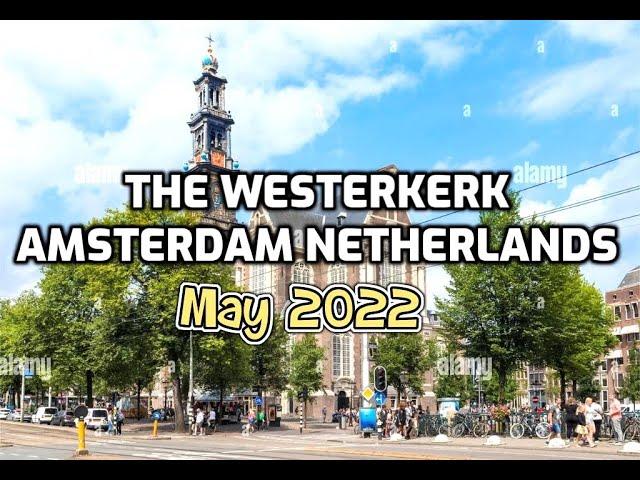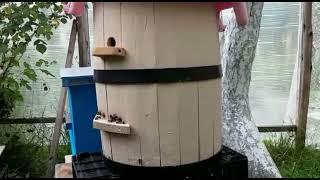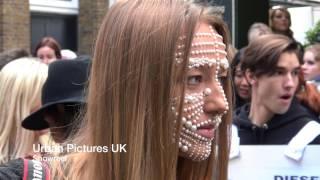
Amsterdam Netherlands. The Westerkerk And Ann Frank House 2022.
Комментарии:
Amsterdam Netherlands. The Westerkerk And Ann Frank House 2022.
Vintage Home Films Vault
Python #11: SET | Tutorial by APDaga
APDaga DumpBox (Akshay Daga)
Пчёлы ответили за 3 дня.
Пчёлы Игоря Понышева
Urban Pictures UK Showreel
Urban Pictures
Перегон Автобуса Часть 2 Волжский-Пушкин
Юркес 152 - Работа на Перегоне
ЛЁГКИЙ узор + КРАСИВАЯ пряжа #вязаниеспицами
Пара спиц вязание с Тоней Февралёвой
This method always helps out
Марина Сайковская


























